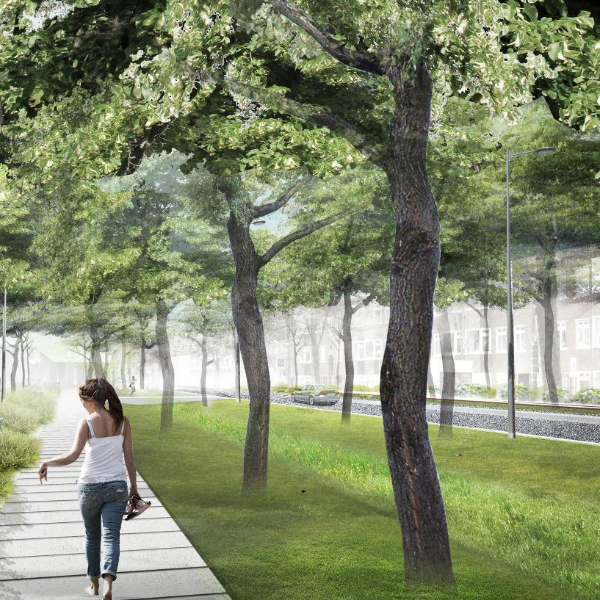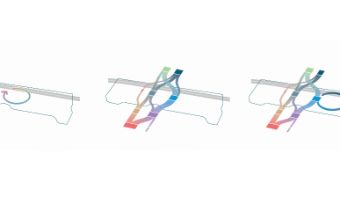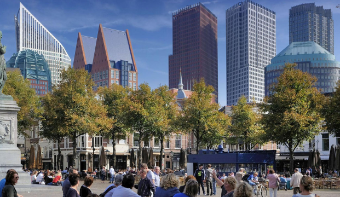Operating and designing sustainably

Climate policy: contributing to the global goals
Witteveen+Bos assumes the responsibility of contributing as much as possible to combating climate change on projects and in its business operations. Our climate policy consists of three pillars:
- Choosing more sustainable markets and projects. We want to increase our efforts and involvement on projects that directly contribute to the climate challenge (including the energy transition, climate change adaptation, and biodiversity) and limit our work for the fossil fuel industry;
- Making our designs more sustainable. As a company, we set ourselves the targets of:
- using our advice and designs to maximally contribute to improving biodiversity by no later than 2030;
- making our advice and designs climate-neutral by no later than 2040;
- Making our business operations more sustainable. By 2030, we want to make our internal business operations climate-neutral.
Examples of steps we are taking to achieve these targets include energy-neutral premises, climate-neutral mobility, and the sustainable procurement of goods and services. We have also drawn up road maps that will ensure we take the appropriate steps before it is too late.
Since 2012, we have held a CO2-Awareness certificate at level 5 (the highest level) on the CO2 Performance Ladder.
Sustainable Design Principles
We consider it our responsibility to have the greatest possible positive impact through our designs on the well-being of people and the living environment. This sounds simple, but a blueprint for sustainable design does not exist.
That is why we developed our own sustainable design principles (SDPs), which help us contribute to the Sustainable Development Goals (SDGs) of the United Nations. Our seven unique sustainable design principles form part of our quality system and help us search for sustainable solutions and alternatives on all our projects.
The SDPs help us make sustainability concrete on our projects, with the resulting benefit being significant: better designs and, therefore, more impact for and by all stakeholders.










